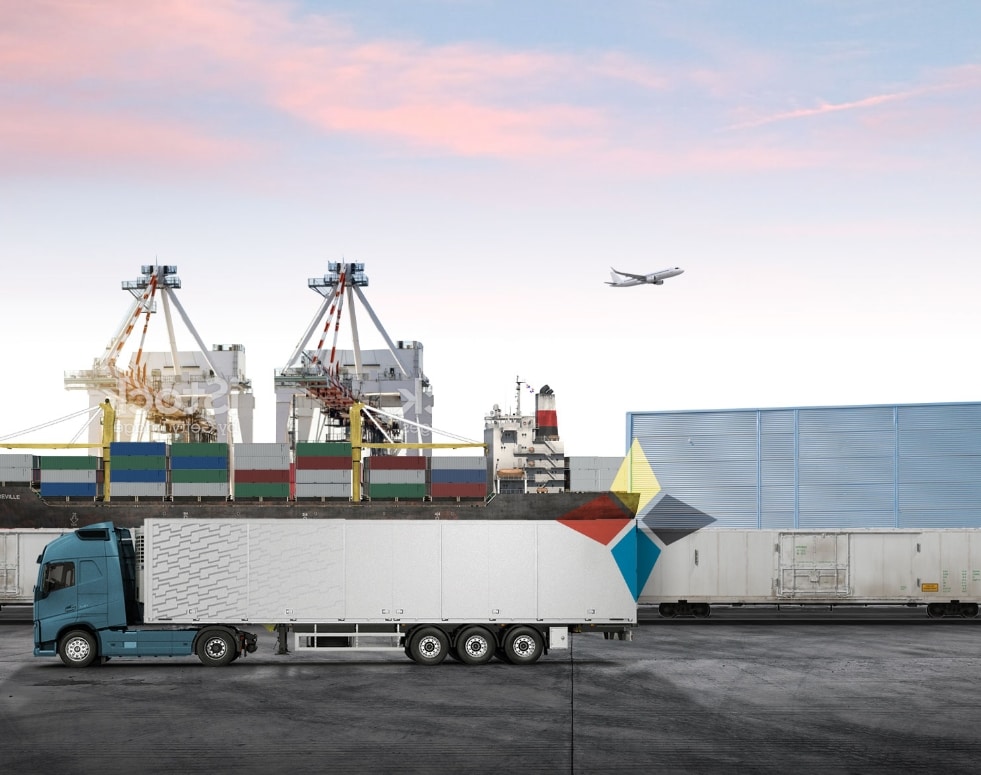
While shippers have always sought to hit delivery windows on-time, accuracy is more critical today than ever before. Arrival windows are tighter and late arrival fines steeper as companies strive to reduce their inventory levels while increasing on-shelf availability.
For most large shippers, there is one significant challenge to meeting those new standards: technology. It isn’t that existing technology lacks sophistication – it just wasn’t built to cover one area shippers now need it to, at least, not without some help.
Legacy technology systems were built to manage shipments, not to track them in real-time and predict their next stop’s arrival time. For shippers, that real-time information, coordinated across stakeholders, is the essential piece to avoiding late arrival fines, because it enables shippers to give customers a long heads-up if trucks are going to show up early or late.
That’s where a “visibility” solution comes into play, as an add-on to a transportation management system (TMS).
Visibility solutions work with TMS platforms to match load information with real-time tracking data to trigger alerts when a shipment’s expected arrival time, based on location updates, is after or ahead of its scheduled arrival time.
The result – when executed right – takes the guess-work out of knowing when any truck is going arrive at a given stop.
How that process gets executed has changed a lot in recent years.
Older visibility solutions relied on driver cell phone triangulation – bouncing signals across nearest cell towers – to approximate a truck’s location and deduce when that truck might arrive at its next destination. This was a big advancement over not having any visibility, but it didn’t deliver enough insight to reliably make important day-to-day decisions, like at what time staff should be at a particular dock to unload.
New visibility solutions use far more accurate GPS technology, which taps into telematics devices on trucks, called Electronic Logging Devices (ELDs), multiple times an hour. Based on that real-time data, those visibility solutions can determine not only the exact location of a truck, but what route that truck will likely take based on truck-specific routing and what delays that truck will encounter based on real-time traffic and weather. Just a few years ago, this wouldn’t have been possible because many trucks didn’t yet have ELDs on-board. But a sweeping 2012 federal law required that all trucks on the road in the U.S. have ELD devices by the end of this year.
That rapid surge in ELD-connected trucks changes the visibility game altogether. Now for the first time, shippers don’t have to guess when their trucks will arrive at each stop. With the right TMS visibility add-on – a platform that’s based on ELD data, not cell phone data – shippers can accurately know more than 24-hours in advance when a truck will arrive at a stop. That gives shippers the information they need to help customers react and readjust whenever a truck is running early or late, improving the efficiency of their operations and reducing fees and fines.
At FourKites, we’re combining GPS/ELD technology with predictive analytics to deliver the most accurate tracking platform that has ever existed. To learn how we can deliver value for your business, please get in touch.